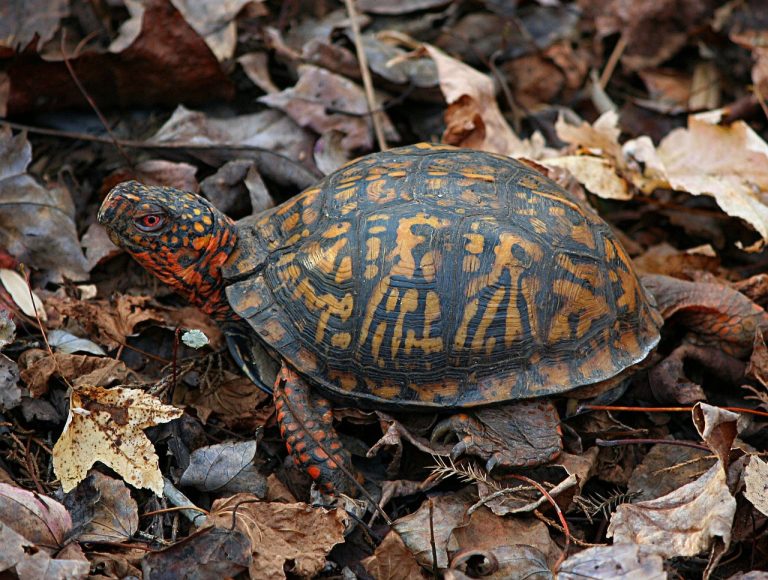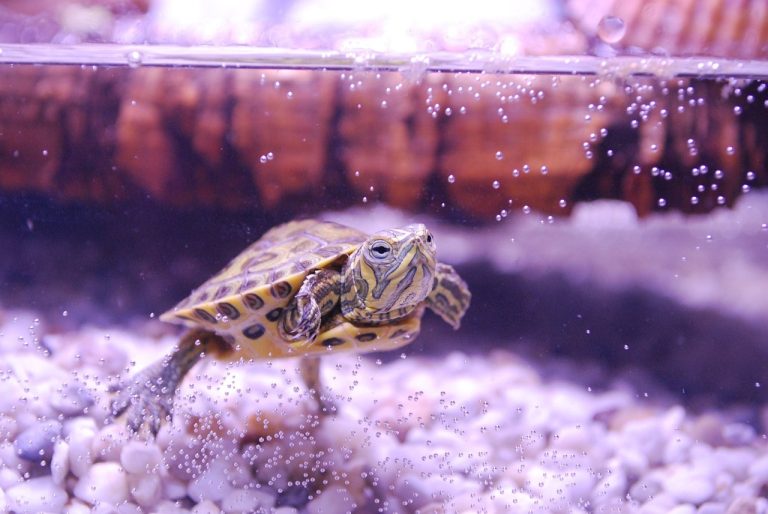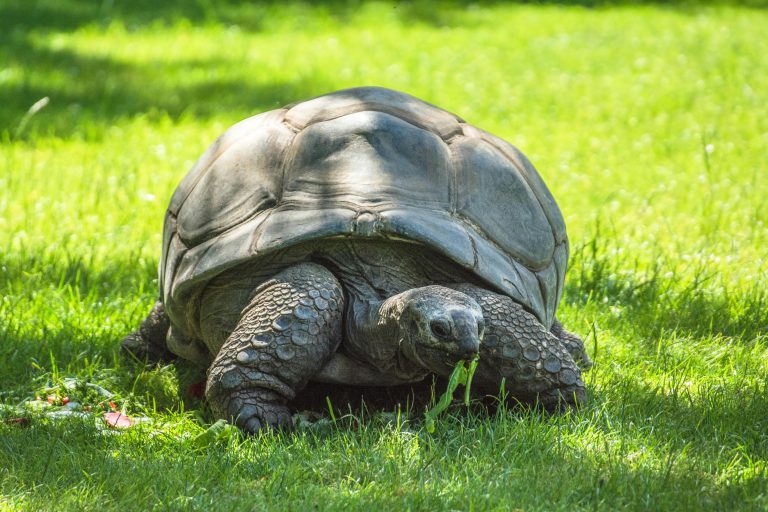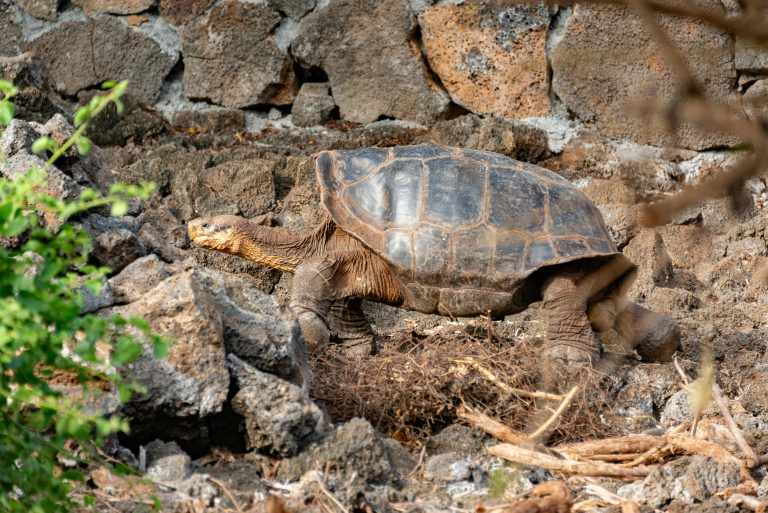5 Reasons Tortoises Refuse To Eat In Winter
Well, winter has returned, and your beloved tortoise seems less enthusiastic about eating. Is there an issue with your pet, or perhaps it’s the food? Let’s uncover the truth.
| Problem | Solution |
|---|---|
| Meals are tasteless. | Bring variety to the meals. |
| Temperature below 60 – 70F. | Maintain an 85 – 85F temperature. |
| Tortoise is sick. | Take the pet to a vet. During the colder winter months, turtles often exhibit a common behavior: refusing food. Discover the reasons behind your turtle’s decreased appetite during this season and explore effective solutions to encourage eating. |
| The pet is stressed. | Avoid frequent handling. |
| Messed up diet schedule. | Feed the babies daily and the adults 5 days a week. |
So, I’ve identified the problems and their solutions. Wouldn’t you like more information on each issue?
Read this article to find out how can bring back the lost appetite of your tortoise.
5 Reasons Tortoises Refuse To Eat In Winter
Deprivation isn’t healthy for tortoises; it can lead to weight loss and physical complications.
Many reasons can lead to the appetite loss of your tortoise. The common causes, along with the solutions are mentioned below,Tortoise Growth Rate?
Problem 1: The Meals Are Not Yummy
Tortoises primarily thrive on greens. Their diet consists mainly of grass, weeds, plants, vegetables, and other leafy greens.
Some subspecies, like the red-footed tortoise, may occasionally benefit from small amounts of animal protein. However, the protein content should not exceed 15%.
While tortoise meals are predominantly plant-based, not all greens are suitable for them.
Certainly, nutritional value matters, but it’s not advisable to feed the same diet to your animals daily simply because it’s nutritious.
Tortoises can become bored with repetitive meals, and even a poor selection of food can lead to a loss of interest in their diet.
Solution: Bring Variety In The Meal
For an ideal tortoise meal, prioritize high-fiber, low-calorie, and low-protein greens. Compile a list of grasses, weeds, hay, and vegetables with the necessary nutritional content.
Next, chop and mix these items, then observe whether the tortoise enjoys the meal. Experiment with various combinations to discern your pet’s preferences.
Keep in mind, each tortoise may have different taste preferences. So, just because one enjoys alfalfa grass, doesn’t guarantee all will share the same preference.
Therefore, it’s crucial to experiment with food to introduce variety to the tortoise’s palate and enhance its appetite.
Additionally, consider occasionally incorporating fruits into the diet. The sweetness of fruits can entice tortoises to devour their meals. However, be mindful that fruits are high in sugar, and excessive consumption can lead to diarrhea, vomiting, and stomach discomfort in pets.
Moreover, for tortoises that consume animal protein, consider offering insects and worms. Don’t forget to sprinkle calcium and vitamin supplements onto their meals to ensure adequate nutrition.
Finally, your tortoise will start eating again.
Here is a diet chart for the tortoise,
1. Grass & Hays
- Bermuda grass
- Rye grass
- Clover grass
- Oat hay
- Alfalfa hay, etc.
2. Greens
- Broccoli
- Clover
- Chickweed
- Duckweed
- Mulberry leave
- Cactus pads
- Cucumber
- Bell pepper
- Endive
- Yum
- Zuccini, etc.
3. Fruits
- Figs
- Corn
- Kiwi
- Berries
- Mango, etc.
4. Supplements
- Vitamin D3
- Calcium
Problem 2: A Fall In Temperature
Tortoises, being cold-blooded reptiles, cannot produce body heat internally. Instead, they rely on the ambient temperature for warmth.
Therefore, when the surrounding temperature drops, tortoises must adjust to the cold. To adapt, they enter a sleep-like state to conserve energy during colder periods.
As a part of the process, these reptiles slow down their metabolism and regular activities. Besides, they stop eating or drinking and spend their days on stored energy.
The above phenomenon is referred to as brumation, lasting approximately three months. During this time, tortoises can survive on minimal energy by reducing their heart rate and oxygen consumption.
Typically, the optimal temperature range for a tortoise enclosure is between 70 and 85 degrees Fahrenheit. Some subspecies may require basking temperatures reaching 95 to 100 degrees Fahrenheit.
However, if the temperature drops below 60 to 70 degrees Fahrenheit, the enclosure can become too cold for tortoises. In fact, when temperatures reach around 40 degrees Fahrenheit, tortoises may enter brumation.
Brumation could be a contributing factor to why your tortoise refuses food. When temperatures dip below their comfort zone, tortoises may cease eating in preparation for brumation. Therefore, regardless of how tempting the meal, the pet may not show interest in it.
Solution: Restore The Pen Temperature
While brumation is a natural process, it’s not ideal for captive tortoises.
In the wild, tortoises prepare for brumation by intentionally fasting for about a month before winter. This ensures that their gastrointestinal tract is empty, as leftover food can ferment and lead to bloating during brumation. This poses a risk to the tortoise’s life if it brumates with a full stomach.
In addition to preparing the tortoise, creating a replica of its natural environment is crucial. Simply allowing the creature to burrow in your backyard isn’t sufficient. An ideal brumation site should feature an uphill area, fenced and free from the risk of flooding.
I understand that dealing with brumation can seem daunting. Hence, it’s often best to avoid it altogether.
Instead, focus on regulating the temperature of the tortoise’s habitat. You can elevate cooler temperatures by incorporating heating pads or rocks. If feasible, consider transitioning the tortoise to an indoor setup with consistent warmth.
An outdoor habitat can still be suitable if you implement measures to retain heat effectively.
Problem 3: The Tortoise Is Stressed
Well, your pet tortoise does not always stay in a happy mood. In fact, the surroundings can often piss the creature off.
Consider a loud noise, for instance. Such disruptions can startle the tortoise, prompting it to retreat into its shell.
Likewise, constant handling can have a similar effect. While tortoises enjoy interaction with their owners, they don’t appreciate continual touching like more conventional pets might. Instead, frequent or rough handling can induce anxiety in tortoises.
Additionally, sudden lifestyle changes can be stressful for tortoises. Moving to a new home or environment, experiencing fluctuations in temperature, or receiving an inadequate diet are all examples of factors that can cause stress.
It is observed that mental stress or anxiety can make the tortoises starve.
Solution: Make Peace With The Pet
As you’ve seen, there are several factors that can stress out a tortoise. However, by addressing these issues, you can help your tortoise return to a healthy feeding routine. Here’s how to tackle the situation:
- Handle your tortoise gently. Given their size and weight, it’s best to seek assistance when lifting or moving them. Keep their body close to the ground to minimize the risk of injury from accidental falls.
- Avoid excessive handling of the tortoise.
- If the tortoise displays signs of aggression, give it space and refrain from interacting with it.
- Allow your tortoise some time to acclimate to any new environments that may be causing stress. They will likely resume eating once they feel comfortable in their surroundings.
- Create a calm and quiet habitat for your tortoise.
- Ensure that the temperature and humidity levels in the enclosure are within a healthy range. Additionally, provide your tortoise with a balanced diet.
Problem 4: Mismanagement Of Diet
Tortoises have a slow metabolism, which means they need ample time to digest their meals. If you try to feed them too often, they may simply refuse to eat.
Overfeeding can have serious consequences for tortoises. It can lead to obesity and various other health complications. Therefore, it’s important to adhere to a proper feeding schedule and portion sizes to ensure the well-being of your pet tortoise.
Solution: Follow A Feeding Routine
Baby tortoises require daily feeding to support their growth and development. Since hatchlings are in a critical stage of growth, they need ample nutrition to establish a strong and healthy structure.
Again, a 5 days feeding schedule is perfect for young and adult tortoises. Hence, a break of 1 or 2 days is mandatory.
Also, feed the tortoises early in the morning and evening. These creatures have more appetite during those hours.
Problem 5: The Tortoise Is Sick
Any major or minor illness in the tortoises affects their appetite. In fact, refusing to eat is one of the common symptoms of any tortoise disease. The pets will switch to the previous diet routine when they recover.
A sick tortoise always acts abnormally and drops hints of the condition. Some signs of illness are,
- Cracked shell
- Redness in skin
- Mouth rot
- Puffy eyes
- Closed eyes
- Black spots in the shell
- Shell rot
- Hypovitaminosis
- White patches on the shell
- Soft shell
- Limping
- Respiratory infection
- Blood infection
- Parasite
- Discharge from eyes, mouth, nose, etc.
Solution: Offer The Tortoise Necessary Treatment
Taking precautions to prevent any common disease is always appreciated. But if the tortoise falls sick by any chance, you should offer it immediate medical care.
Mouth Rot: A bacterial attack in the cavity is responsible for this disease. Clean the rotten wound daily and use a bandage to cover the spot. The tortoise needs a vitamin A-rich diet along with antibiotics for quick recovery.
Shell Rot: Damaged shells are prone to this infectious disease. You have to move the tortoise to a dry and warm place. Clean the injured scute area daily with an anti-bacterial solution and apply a healing cream.
Mycoplasma: It is a deadly disease and often takes months to diagnose. The cell walls and tissues get affected by the bacterial infection. Keeping the tortoises on antibiotics is the only way of recovery from this sickness.
Constipation: Parasite attack, egg binding, or poor diet often cause constipation. Improving the meals and soaking the tortoise every day in lukewarm water will treat the pet.
Hypovitaminosis: The lack of vitamin A is the only reason behind this illness. Hence, adding vitamin A to the diet will heal the pet. Also, the vet will suggest antibiotics for severe conditions.
Respiratory Illness: An infectious attack on the lungs leads to this deadly disease. The sick tortoise needs immediate medical help for respiratory illness. Besides, a clean husbandry and balanced diet are mandatory.
How Long Can A Tortoise Survive Without Eating?
According to various sources, tortoises have the remarkable ability to survive for 2 to 3 years without eating. Yes, it may sound unbelievable, but it’s true.
However, it’s essential to clarify that tortoises don’t simply fast during this time. Instead, they may consume fruits or drink water to sustain themselves. Despite this remarkable feat, no creature can thrive for that long without proper nutrition.
Now, it’s crucial to understand that surviving is not the same as living a normal, healthy life. Therefore, intentionally starving a tortoise is never acceptable.
During the brumation period, which can last for 3 to 6 months, tortoises may go without food but still drink water. However, it’s vital to note that tortoises cannot survive for more than a week without water, and in hot weather, this period may be reduced to 3 to 5 days at best.
After waking from brumation, tortoises gradually return to their normal feeding habits. It’s important to remember that while some tortoises in the wild may self-starve to prepare for long cold months, this behavior cannot be replicated in captive environments.
In summary, while it’s true that tortoises can survive for extended periods without food, it’s not a recommended or healthy practice. Tortoises may rely on alternative food sources during these times, but intentionally depriving them of proper nutrition is never advised.
Conclusion
During the colder winter months, turtles often exhibit a common behavior: refusing food. Discover the reasons behind your turtle’s decreased appetite during this season and explore effective solutions to encourage eating.
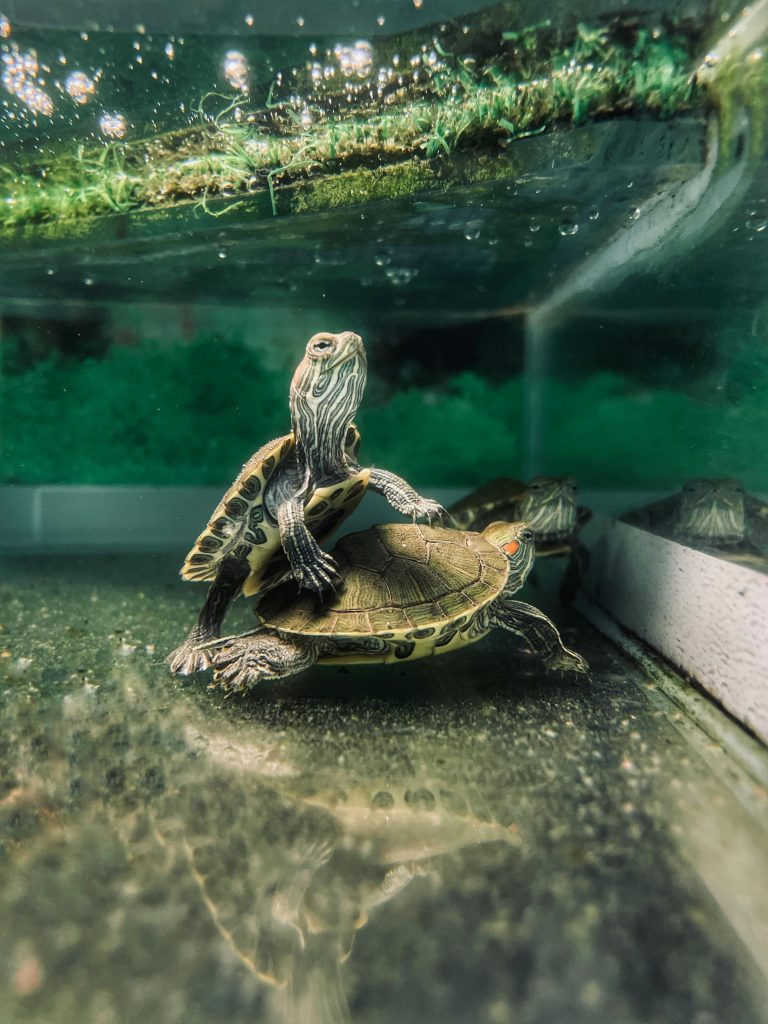
![How To Catch A Pond Turtle? [Traps, Baits, Tips]](https://spreadhapiness.com/wp-content/uploads/2024/03/pond-2-768x511.jpg)
